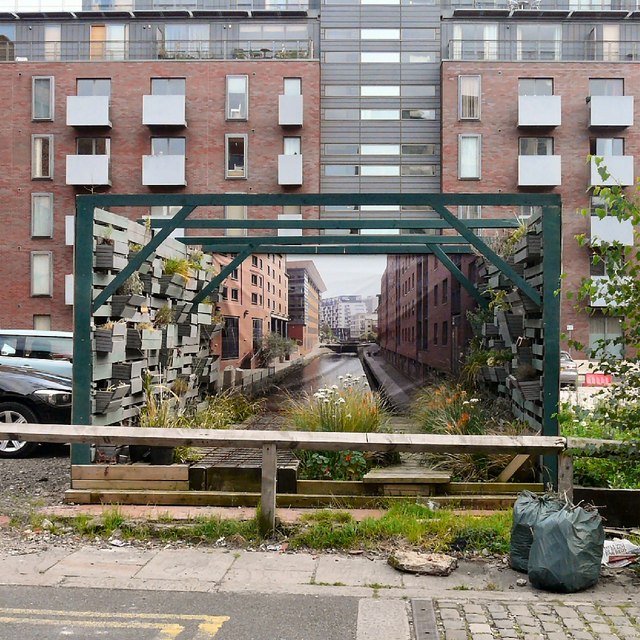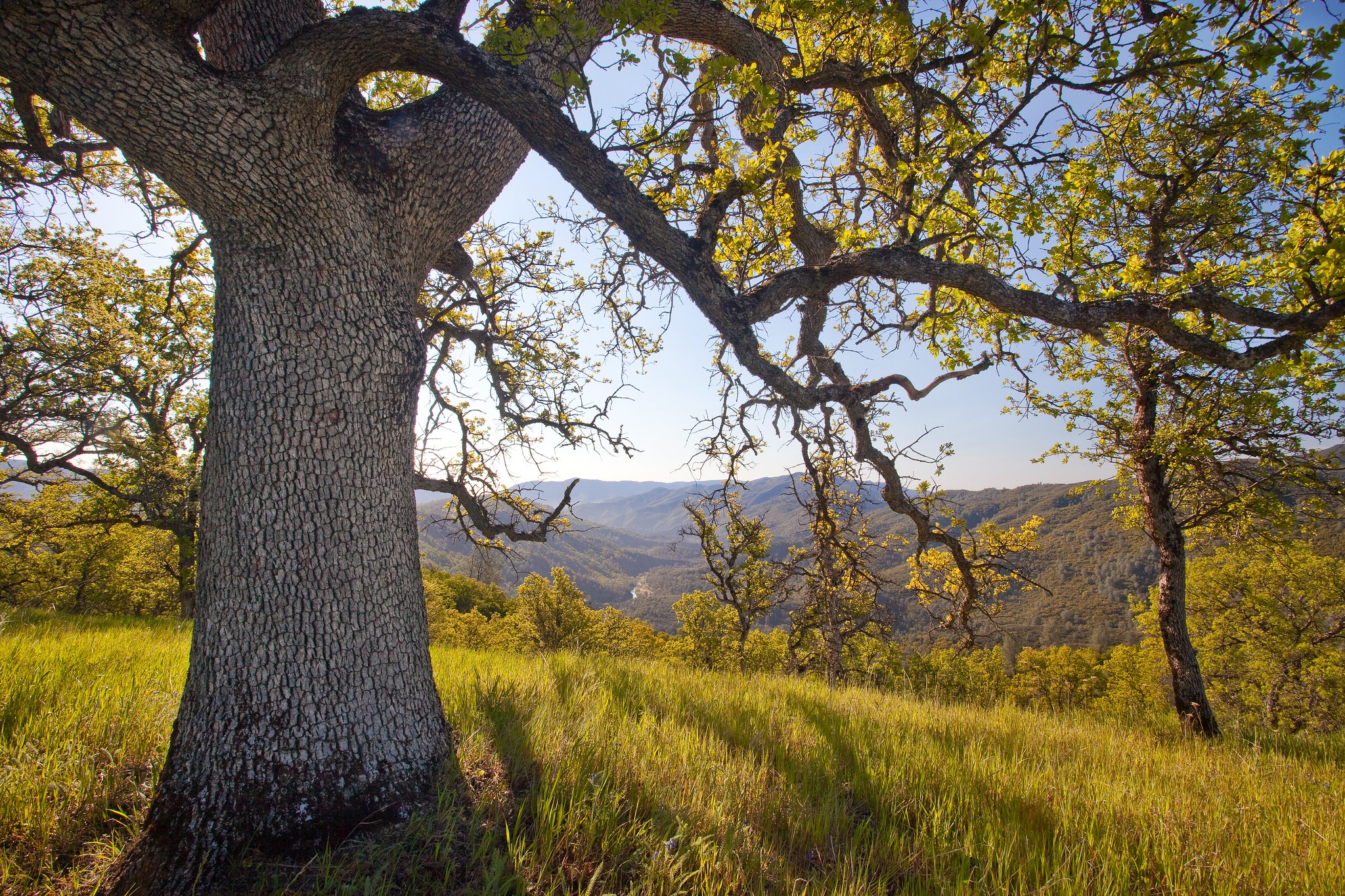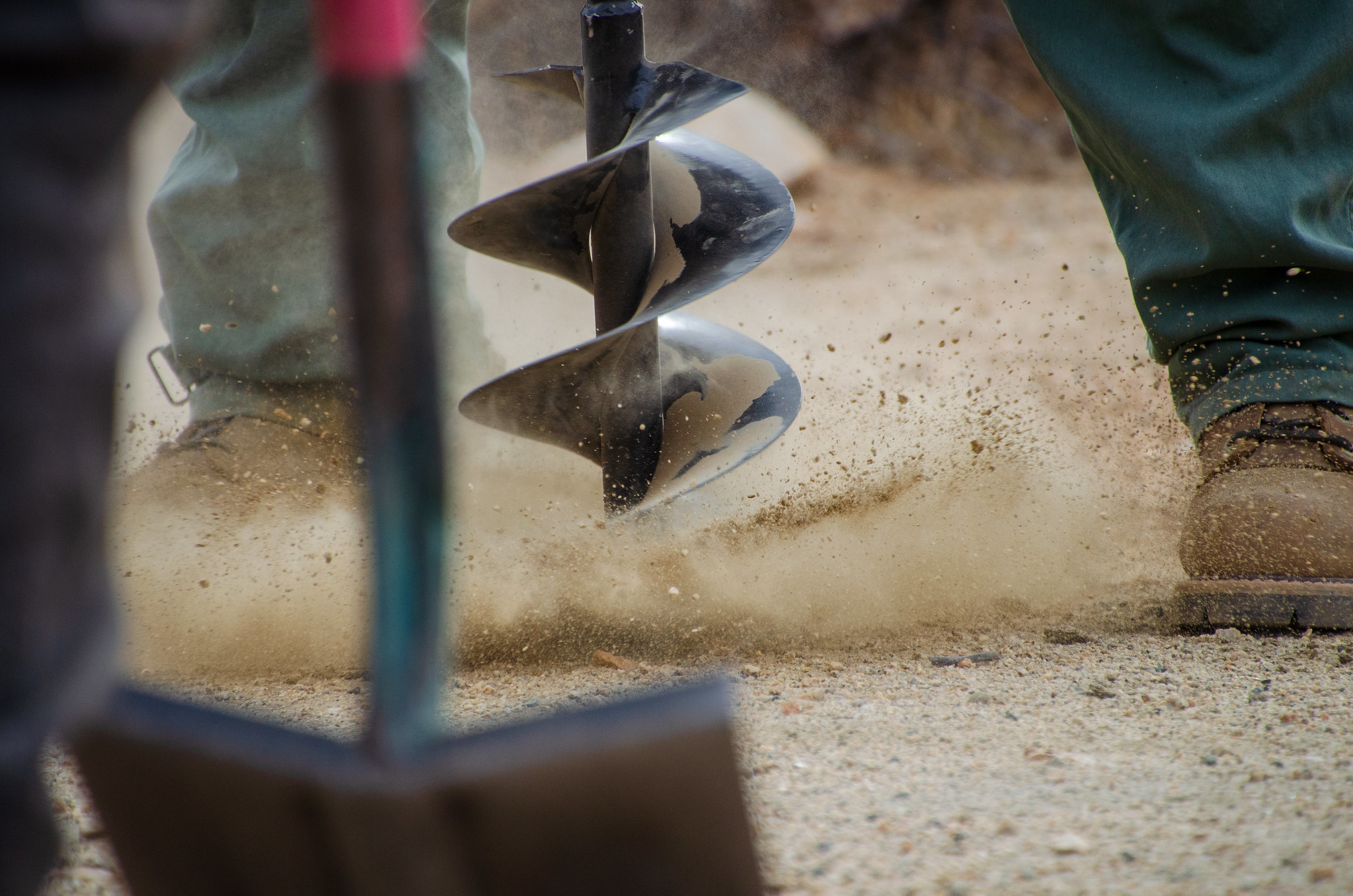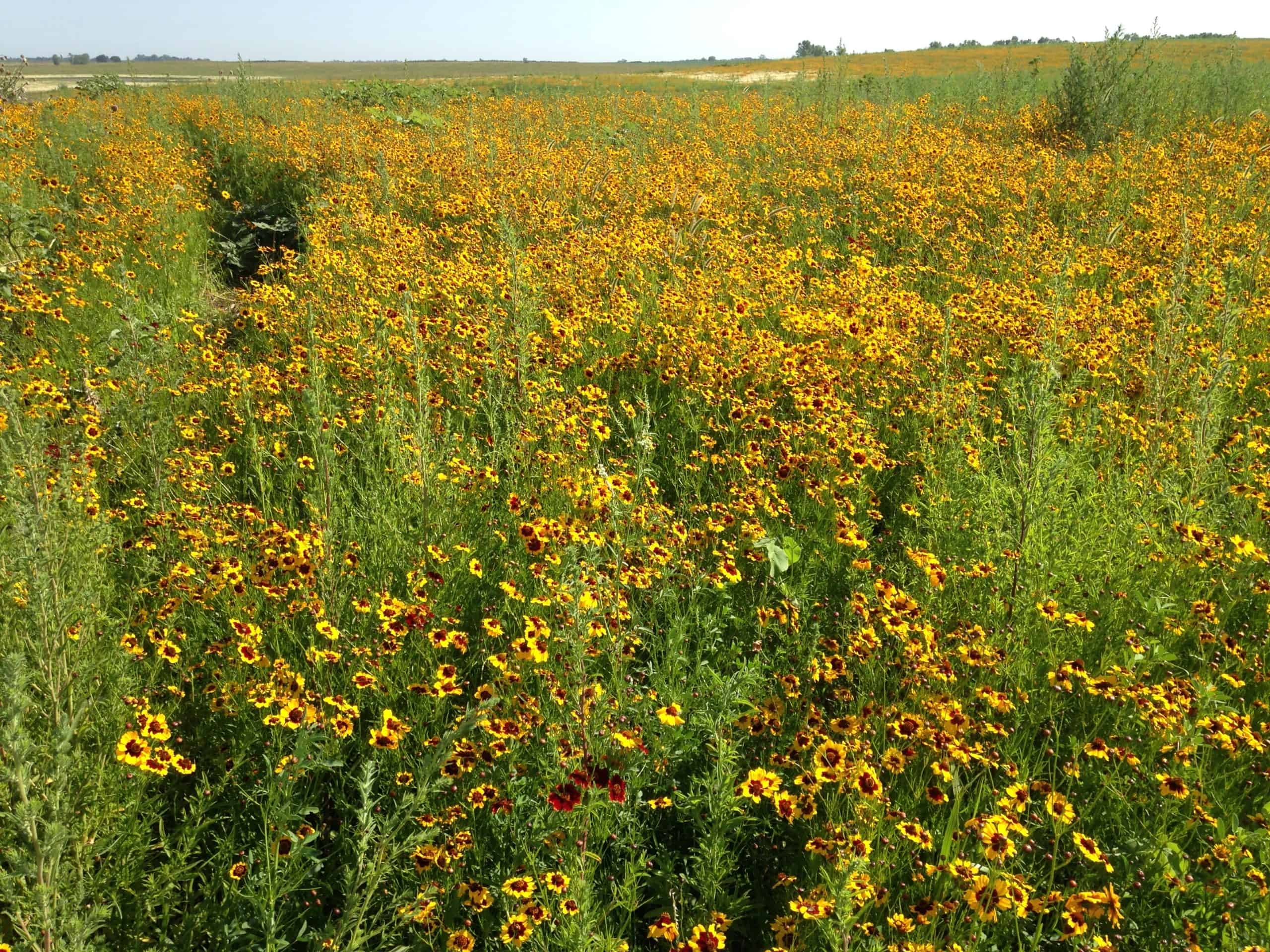How cities can help wildlife thrive.
As our cities continue to grow and expand, it’s easy to feel that the natural world is being pushed out in favor of concrete, steel, and asphalt. But there is an emerging movement showing that urban environments don’t have to be barren spaces for wildlife—they can become havens for it. Urban green spaces are an essential part of making this vision a reality, and they are more vital to conservation than many people realize.
So why do these green spaces matter, and how can cities help wildlife thrive within their borders? Let’s take a closer look at the incredible role urban green spaces play in conservation and the possibilities they hold for a healthier, more biodiverse future.
What Are Urban Green Spaces?
Urban green spaces come in many shapes and sizes, from the expansive parks and gardens to the humble rooftop garden or tree-lined street. These spaces may be public or private, and they serve as much-needed oases in cities full of concrete. Green spaces not only beautify our surroundings but also offer opportunities for us to reconnect with nature.
For those of us passionate about native plants and wildlife conservation, urban green spaces hold particular importance. They provide an opportunity to restore habitats for local wildlife, foster biodiversity, and improve the environmental health of cities. And when done thoughtfully, they become not only spaces for recreation but also vital sanctuaries for pollinators, birds, insects, and small mammals.
Why Urban Green Spaces Are Crucial for Wildlife
Wildlife often struggles in cities because natural habitats are few and far between. The fragmentation of habitats due to urbanization can make it harder for species to find food, shelter, and suitable places to reproduce. This is where urban green spaces come into play.
Even small green areas in a city, such as a community garden or a small park, can provide a critical food source and habitat for local wildlife. These spaces can also act as safe corridors for animals to move through and find what they need to survive. Think of them as stepping stones, offering connections between fragmented habitats in the larger landscape. They’re not just patches of green—they’re lifelines for biodiversity.
One of the greatest benefits of these spaces is their ability to host pollinators—bees, butterflies, and moths—who play a crucial role in the ecosystems around us. These tiny workers are vital to maintaining plant populations and, in turn, the entire food chain. In cities, where natural pollinator habitats are increasingly rare, green spaces filled with native plants offer safe havens for pollinators to thrive.
Benefits of Urban Green Spaces for Conservation
When cities invest in urban green spaces, they’re not just improving the aesthetic appeal of their surroundings; they’re supporting the health of their ecosystems. Here are just a few ways green spaces contribute to wildlife conservation:
- Biodiversity Support: Even the smallest urban green space can support a surprising amount of biodiversity. By planting native plants that attract local wildlife, cities can help maintain the unique species that make up their local ecosystems.
- Wildlife Corridors: Connecting green spaces in cities—such as parks, gardens, and green roofs—creates corridors for wildlife to travel, find food, and mate. This movement helps preserve genetic diversity and improves the resilience of species populations.
- Pollination: Urban green spaces often become pollinator sanctuaries, providing the habitat and food resources that butterflies, bees, and other pollinators rely on. This, in turn, benefits the broader ecosystem by supporting healthy plant communities and improved agricultural productivity.
- Climate Resilience: Green spaces help mitigate the urban heat island effect, reducing temperatures in the city and improving air quality. By planting more trees and adding greenery, cities can create cooler, more comfortable environments for both humans and wildlife.
Real-Life Examples of Successful Urban Green Spaces
Cities around the world are beginning to realize the potential of green spaces as biodiversity hotspots. For example, New York’s High Line—once an abandoned elevated railway track—has been transformed into a lush, vibrant park that not only draws visitors but also supports a variety of plant species and local wildlife. Similarly, London’s Green Belt has become an essential area for wildlife conservation, providing open green spaces that help maintain the city’s ecological balance.
In my own journey, I’ve seen how small community gardens can bring people together while creating habitats for bees, butterflies, and birds. These grassroots efforts, though modest in scale, contribute significantly to local biodiversity. Every green space, no matter how small, is a chance to make a difference.
How to Create or Enhance Urban Green Spaces for Wildlife
If you’re interested in making your own contribution to urban wildlife conservation, there are plenty of ways to create or enhance green spaces in your area:
- Use Native Plants: The key to creating habitats for local wildlife is planting native plants. These plants are well-suited to the local environment and provide the necessary food and shelter for local animals.
- Incorporate Wildlife-Friendly Features: Consider adding birdhouses, bat boxes, or even small ponds to urban green spaces. These additions can create nesting sites and provide essential resources for wildlife.
- Practice Sustainable Gardening: Reducing pesticide use, conserving water, and composting are all small actions that can make a big difference. Sustainable gardening practices help maintain healthy ecosystems in urban areas.
Challenges to Urban Green Space Conservation
Creating and maintaining green spaces in cities can be challenging. The need for more housing and commercial spaces often leads to the encroachment of green areas. Additionally, funding and resources can be scarce, especially in lower-income neighborhoods. But even in the face of these challenges, there is hope.
Communities and individuals are playing a major role in advocating for the preservation of green spaces. With a bit of creativity and a lot of heart, urban green spaces can become vibrant parts of the cities we love.
How You Can Get Involved
If you’re passionate about bringing more green space to your city, there are many ways you can get involved. You can advocate for the creation of green areas in your neighborhood, support local conservation initiatives, or even start a community garden. Every small effort contributes to a larger movement of wildlife conservation in urban areas.
Cities are our home, and we all have a responsibility to ensure they are spaces where both people and wildlife can thrive.
The Future of Urban Green Spaces
The future of urban green spaces is full of promise. As urban planners begin to realize the value of biodiversity and sustainability, green spaces are becoming a priority in city development. From green roofs to vertical gardens and urban farming, there is an exciting shift toward creating cities that support both human and wildlife communities.
By working together, we can make our cities more biodiverse, sustainable, and welcoming for wildlife. With a little love for nature and a lot of creativity, urban green spaces can become an integral part of conservation efforts worldwide.




